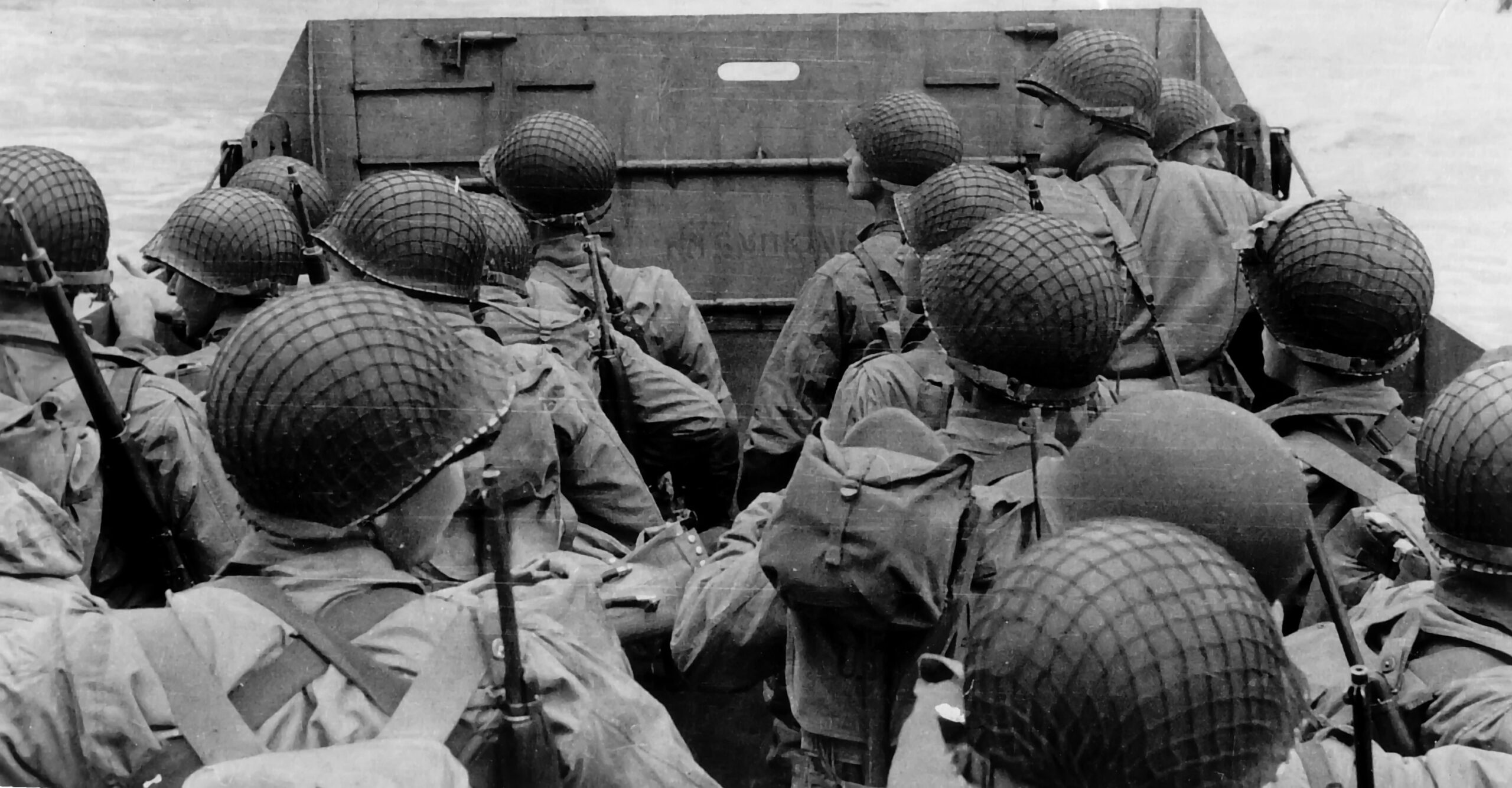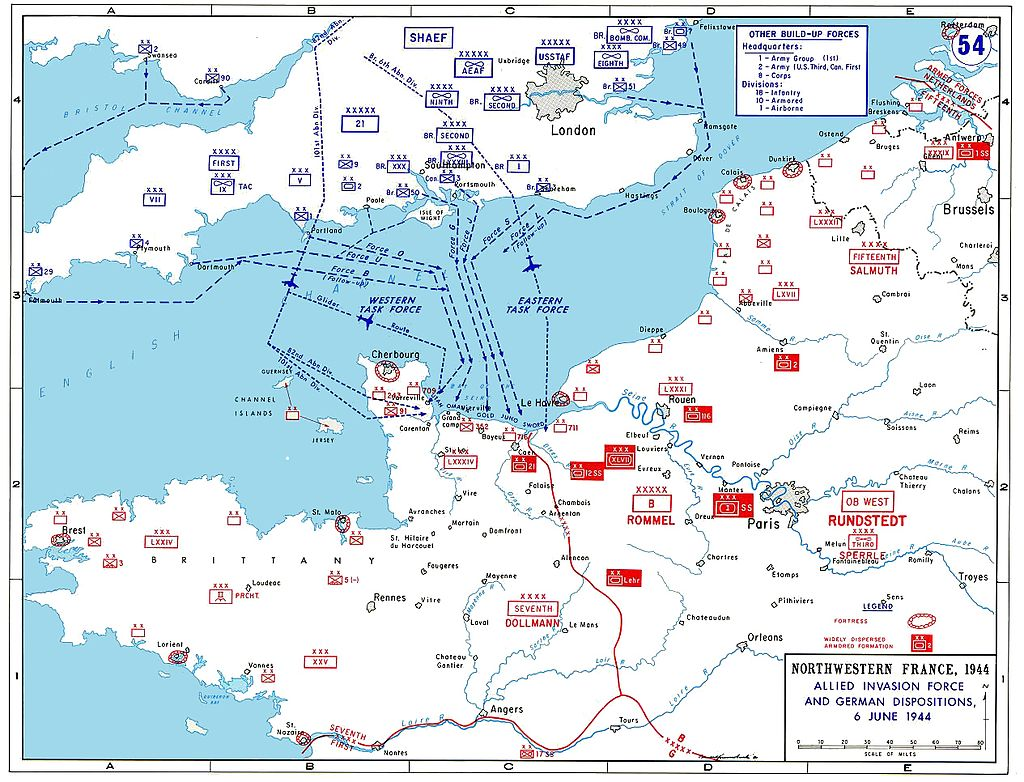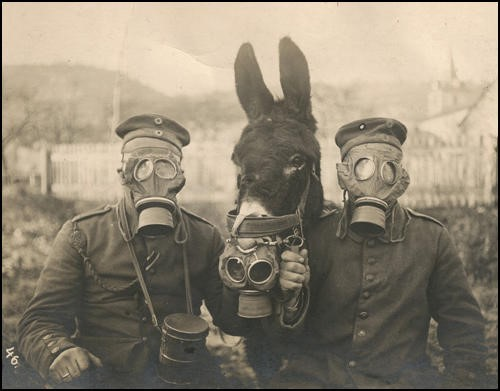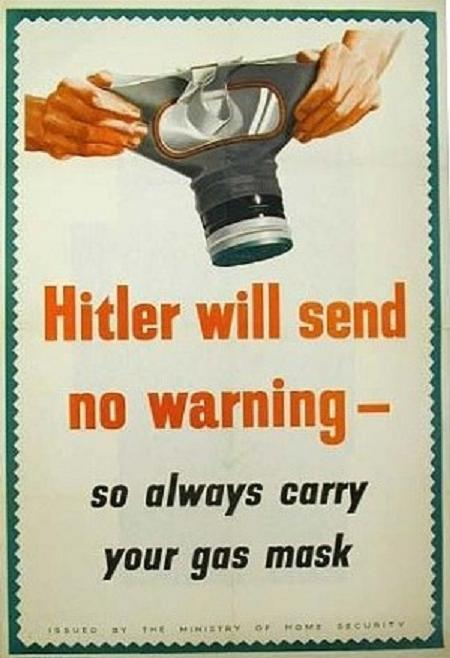
The Military Conflict
The Military Conflict
Almost sixty nations took part in World War II. The Axis powers consisted of Germany, Italy, and Japan, along with Albania, Bulgaria, Finland, Hungary, Romania, and Thailand. The Allies, which included the United States, Britain, and the Soviet Union, eventually numbered 49 nations.
During 1942, prospects for an Allied victory appeared slim. In the six months following the attack on Pearl Harbor, Japanese forces captured Guam, Wake Island, the Philippines, Hong Kong, and Malaya and slashed deep into Burma. By early 1942, Japanese troops controlled most of the Western Pacific and large parts of Eastern and Southern Asia, leaving India and Australia vulnerable to attack.
The situation in Europe was no better. During the first ten months of 1942, German submarines sank over 500 American merchant ships, threatening the United States’ ability to provide supplies to Britain. In the spring, the German army surged deep into Soviet territory, advancing on Moscow and threatening Soviet oil fields in the south. In North Africa, German and Italian forces were sweeping toward the Suez Canal, and the British defense of Egypt was near collapse.

In September 1942, the Red Army stopped the German advance into the Soviet Union at Stalingrad—the most horrific battle of the Second World War. During the four-month long battle, the combined battle deaths exceeded one million. Of the 10,000 men in the Soviet’s 13th Guards Rifle Division, only 320 were still alive at the end of the battle.
Lacking the strength to invade France from Britain, the British and the Americans attacked the Germans and Italians in North Africa. The Allied victory in North Africa allowed shipping to cross the Mediterranean in safety and made it possible for the Allies to invade Southern Europe. The Allies decided to invade Italy because that country appeared to be the Axis’ weak point. Sicily fell in August 1943, after a campaign of slightly more than a month. Victory in Italy resulted in the overthrow of Benito Mussolini.
In preparation for Operation Overlord (the Allied invasion of France), British and American forces instituted saturation bombing, dropping 2,697,473 tons of bombs on German territory, killing 305,000 civilians, and damaging over 5.5 million homes. The Allies massed more than three million soldiers in England under the command of General Dwight D. Eisenhower. The Allied invasion began at 6:30 a.m. on D-Day, June 6, 1944. Nearly 6,000 Allied ships ferried 60,000 troops and their supplies across the English Channel into Northern France. Casualties among the first assault groups totaled 60 percent.
It took six weeks to secure the beachheads. By then, Allied troops had captured the French port of Cherbourg, allowing the Allies to advance into Western Europe. Allied forces liberated Paris in August, and by mid-September Allied forces had crossed the German border.
In December 1944, German troops launched a massive counteroffensive in the Ardennes Forest along the border of Belgium and Luxembourg. In the Battle of the Bulge, the Germans temporarily broke through Allied lines, but only slowed the Allied invasion by about six weeks.
By February 1945, the Red Army was within 45 miles of Berlin. On April 30, Hitler committed suicide, and Germany surrendered a week later. On May 8, 1945, the Allies celebrated V-E (Victory in Europe) Day.
Why Did Not Hitler Engage in Chemical Warfare?

Adolf Hitler had few reservations about using poison gases to kill people. At such death camps as Mauthausen and Auschwitz, the death chambers used hydrogen cyanide (which had the brand name Zyklon-B). More than a million people were killed at Auschwitz with Zyklon-B.
Before the war, the Germans developed many nerve gases, including Saran, stockpiled them, and even weaponized them.
But Hitler failed to deploy poison gases during the war. He did not approve of the use of such gases in bombing raids or against troop concentrations. Why? Historians offer several speculative answers.
Personal Experience: During the World War I battle for Ypres Salient in Belgium on October 14, 1918, Hitler almost died from poison gas attack by the British. He went temporarily blind and spent weeks recovering in a hospital.

Problems with Supply Lines: Asked at the Nuremberg trials, Hitler’s aide Hermann Göring said that the reason why the Nazis failed to use chemical weapons was because of their reliance on horses to transport supplies, due to fuel shortages. No gas masks would fit horses.
Concern with Long-Term Environmental Damage: Chemical warfare during World War I had left large areas of France (known as “zones rouge”) uninhabitable.
Fear of Allied Reprisals: Although the Allies didn’t have nerve agents, they did have other poison gases, including Chlorine, Phosgene, and Mustard gas. Hitler may well have feared that the Allies would use those substances, or that they also had nerve gases.
Ineffectiveness: Chemical weapons are difficult to control. Shifting winds could cause harm to troops on both sides of a battle. A strike on a chemical munitions dump could have devastating consequences for the German army. In addition, the World War II battle front, unlike that during World War I, was highly fluid, making it difficult to attack troop concentrations.
Disinformation: Admiral Wilhelm Canaris, chief of the military intelligence unit of the high command of the German armed forces, who had once supported Hitler, later turned against him. He reported falsely that the Allies had developed masks able to withstand nerve agents.